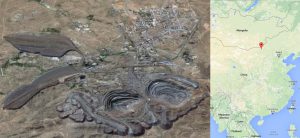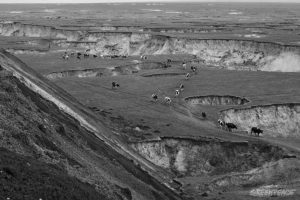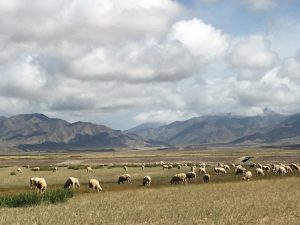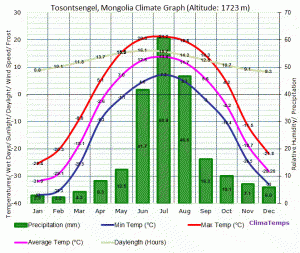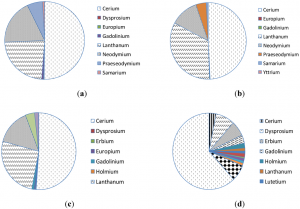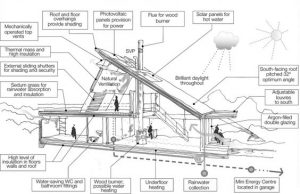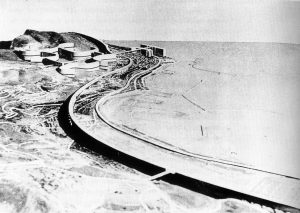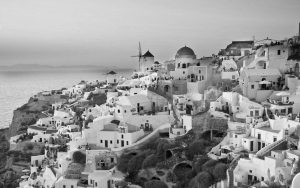Regeneration of industry heritage — Develop new typology of urban habitability in the post-industrial era in North-East China
|
Innovation of industry heritage — Develop new typology of urban habitability in the post-industrial era in North-East China
Abstract: The implementation of reform and open policy proposed by Dei Xiaoping has been undergoing already for 2 decades. During this period, the economy of China is shifting from resource-relied model to marketing-relied model and the economic center move from north-east to south China. So, a large number of industries and the attachment were left untreated. Although Eastern China has a vast plateau with great landscape, the industrial obsolescent is demolishing region and the population of the area is dramatically decreasing.
These kinds of industrial heritage make me to think what architecture can contribute in this position of the post-industrial era. Therefore, I intended to regenerate the abandoned heavy industry for urban habitation as a sustainable way for the continuity of the development of north-east China. Key word: Post-Industrial, Regenerate, Urban habitability, Sustainability, Continuity Development
Introduction My thesis centers on the urban habitability in the post-industrial era and challenges architectures specificity, performance and cultural relevance. Typology of living space, habitability, Sustainability, urban continuity will be tested. The background is here that after the industrialization, the economy of China is shifting from resource-relied model to marketing-relied model and the economic center move from north-east to south China. A large number of nature resources-based heavy industries, like gas, coal and oil industries and their attachment were left untreated. Although Eastern China has a vast grass land with great landscape, the industrial obsolescent is demolishing region. A sort of related problems had been raised: Pollution, Low-born ratio, migration and so on. Based on this issue, my proposition is to promote the habitability to eliminate the industrial attribute and seek alternatives modes of architecture that respond holistically to the interrelated problems like climate adaptability, technical points, the continuity and sustainability of China’s urbanization.
Phase one — Analyze the habitability The site is a pit which is located in the BaiYun obo Mining district in the west of Inner Mongolia, north-east of China. [1] It is the largest deposits of rare earth metals in China responsible for 45% of global rare earth metal production. In this area, there are numerous of pits. In this project, one typical pit will be selected and this project respond to a unique site condition, following the landscape of the pit is different from neither plain or mountain. The climate zone is in the inner Mongolia is monsoon climate with clearly difference off-season. The winter is long, cold and dry. The spring is short, with dangerous sandstorms.
In addition, the unique landscape of the pit may cause different effects upon natural wind-protection and energy-efficiency. These effects need to be explored further. These sorts of assumption are remained to be study. Therefore this stage will need to achieve the climate adaptability in this special context. Also, technical point is undeniably a vital factor required to promote the sustainability of this region.
Phase two — Develop alternative prototypes for living Based on the preliminary study of the climate adaptability and technical points, I then develop the prototypes for habitation in this area. In this stage, the living units design will need to resolve how to achieve the adaptability, well-setting of function, identity of transition from industrial heritage as well as the design will also respond to the unique site condition. In order to achieve the continuity and cultural sustainability in next stage, when design, we also need to consider bigger picture like history of this region, living habits of the local, later events like tourism and migration E.g.
Phase three— Continuity and Cultural sustainability Reacting to the possibilities associated with post-industrial development in this region which is shifting from Resource-relied model to Marketing-relied model, project will test the strategies that can boost the cultural industry by providing a breeding ground. The model of Resort, Living Community maybe tested in this project. (To be confirmed) In both model, I try to promote urban habitability to eliminate industrial attributes and conserve the memory of industrial. “Not just a physical thing in the city, but all of its history, geography, structure, and connection with the general life of the city”. [2] For urban development, I agree with Aldo Rossi, urban development is not a top-down design but a collective memory and succession of events with space and time. Also, Megaform【3】can be used as a strategy for the urban acupuncture. So, in my project, architecture as the artifact derived from historical transformation needs to think about the Continuity and Cultural sustainability of this region. In this stage, the research conducted during the former phases will go on to develop a city typology suits this region. Distribution, Function, Circulation, Spatial articulation and Monuments will be embedded into this design.
Bibliography
Contact Name: Chen Liang E-mail address: U3525207@connect.hku.hk Phone number: 66107892 |
